
How to turn your art into NFT in 2023 w/ Valerie Auersperg, An Artist


Are you an artist? Do you want to know what is an NFT and How to turn your art into NFT? if yes then our this episode with Valerie Auersperg is really for you.
Valerie Auersperg is an Austrian artist living in New Zealand who creates acrylic paintings as well as digital drawings depicting pop-surreal scenes in a colorful, dream-like manner.
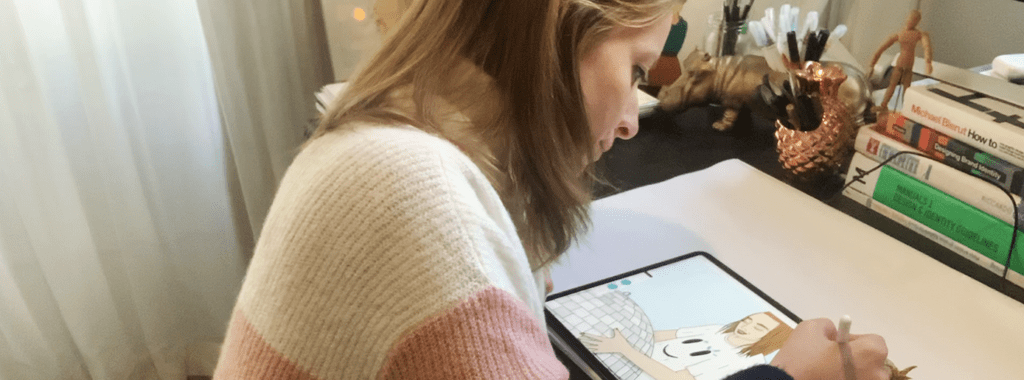
Auersperg explores the world inside and around herself, pairing the expected with the unusual. She focuses on themes such as memory (real and perceived), pop culture, and mental health.
Her work is a whimsical commentary on how our inner journeys, moods, and situations are something that connects us.
Auersperg’s paintings always start with a memory, a mood, or just a nostalgic feeling. Living far away from where she grew up informs these recollections of home and comfort. She then weaves these into scenes of optimism and escapism adding little delightful details such as smiley faces, flamingos, balloons, 90s memorabilia, etc to her paintings, aiming to evoke a feeling of joy and wonder and put a smile on the observer’s face.
And in this Podcast episode, we asked her everything about NFTs.
So before you start listening to this podcast episode, let me share with you some of the insights of the episode. So keep on reading to know what you will learn from this podcast episode.
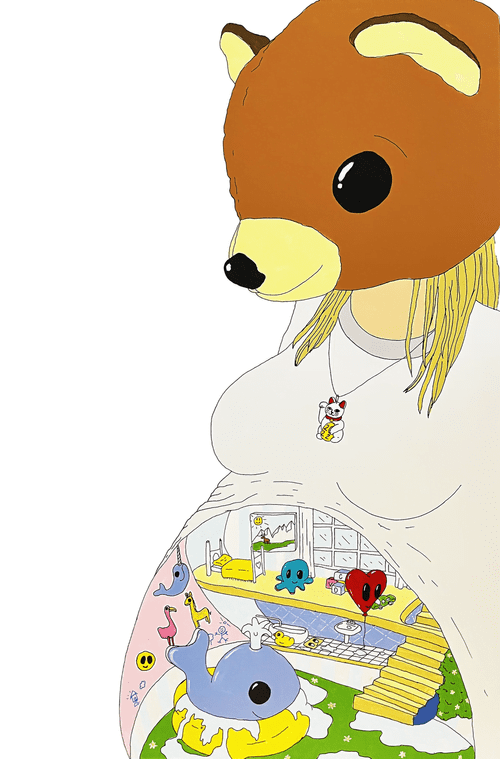
In conversation with Valerie Auersperg
Okay, so you got into NFTs; can you talk a little bit about what you really know? We all know what NFTs are, but even someone who doesn’t may not.
So NFT stands for a non-fungible token, which still might not mean anything to most people. But it’s basically a unique digital artwork that has a unique key associated with it. So it’s just a token. A token in the digital sense is something like a bitcoin, but it’s a fungible token, which means it can be exchanged for another of the same kind, so one bitcoin is the same as another, whereas a non-fungible token cannot. There’s nothing like it. You can’t exchange it.

So, now that we’ve discussed NFT, let’s talk about how you got into NFTs and what piqued your interest in the first place.
Well, when I first heard about it, I found it very interesting, because having been a digital-only artist, I always found it hard to find a platform to sell my art because I could sell prints, but there was no platform to sell the original digital work. So there was no such thing as an original, and then NFT finally allowed digital artists to sell original work. So yeah, I found that very fascinating. Then I went to boot camp. with the artist catalyst, and then basically that’s where it started, and then I just created one and sold it.
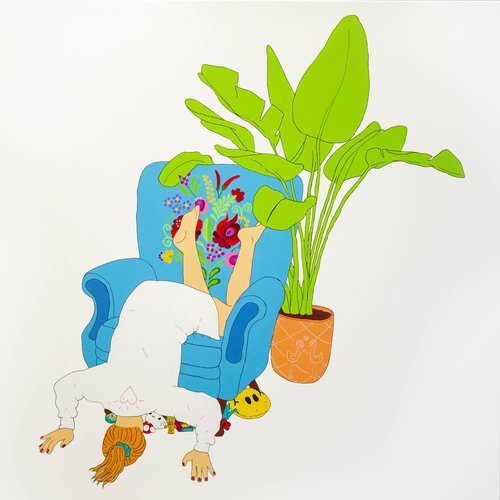
What were your most calm, obvious inhibitions? doing it, or whatever was holding you back.
Um, probably the biggest thing that really held me back for a while was the environmental factor, and because it is very heavy in the environment and especially in the Ethereum blockchain, which is what is used for NFTs,
But they’re now also creating blockchains that are less heavy on the environment. For example, there’s one called Polygon. That’s a lot of effort for the environment. So I’m going to switch to that next.

I also read about it, and I was like, “You know, NFT doesn’t have to be just digital drawings or any; it could be anything and everything.” That’s what the whole concept is about.
Exactly. It’s very accessible, and I think a lot of people are a bit scared of it because of the whole digital factor. But, really, if you post something on Instagram, you’ve created a digital work of art. People are selling photos. People are selling short video clips and sending them along with the music. I mean, people are selling tweets. You know I’m Jack Daw, who sold his first-ever tweet for like $300,000 or something crazy like that.
However, stating that it is not a get-rich-quick scheme for everyone and that you should not join one and expect to wake up a millionaire the next day.
It implies that people are happy for everything that happens.

To Learn how to turn your art into Nfts.
LISTEN TO THE PODCAST NOW.
Want to make the most of the show?
CATEGORIES:












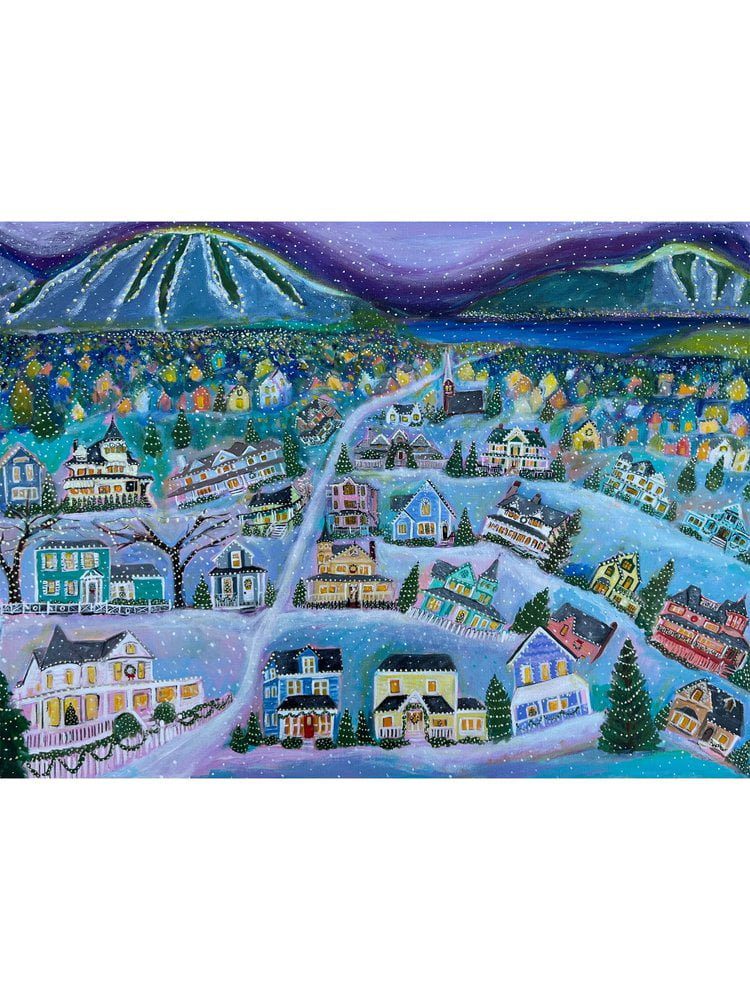

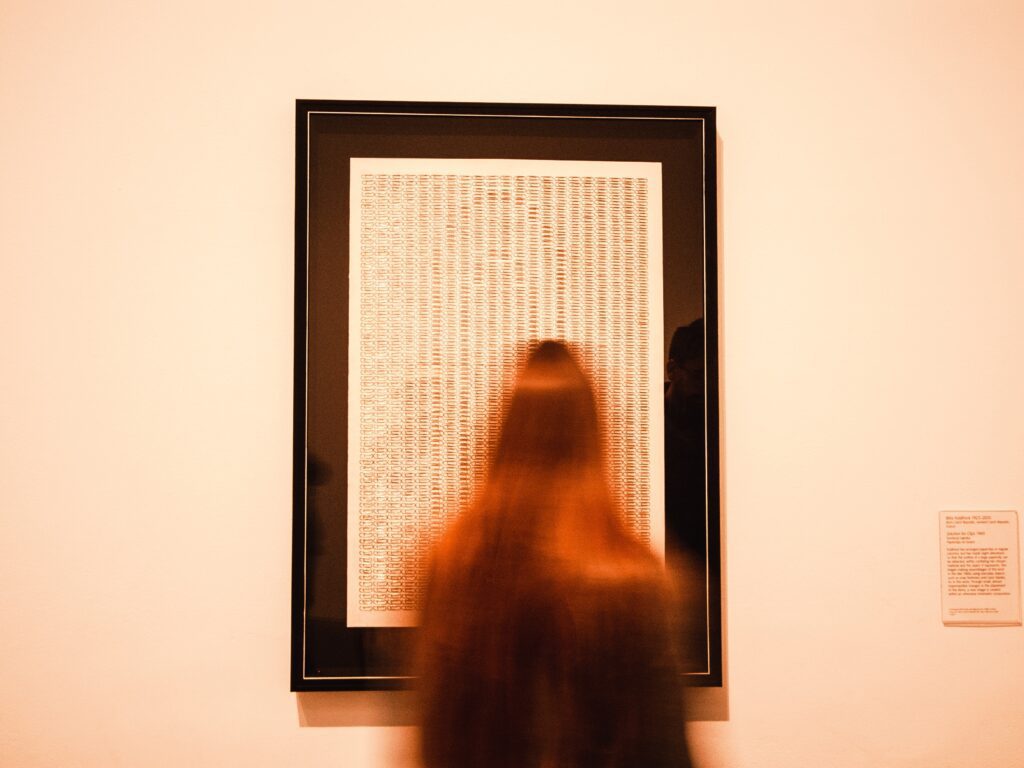
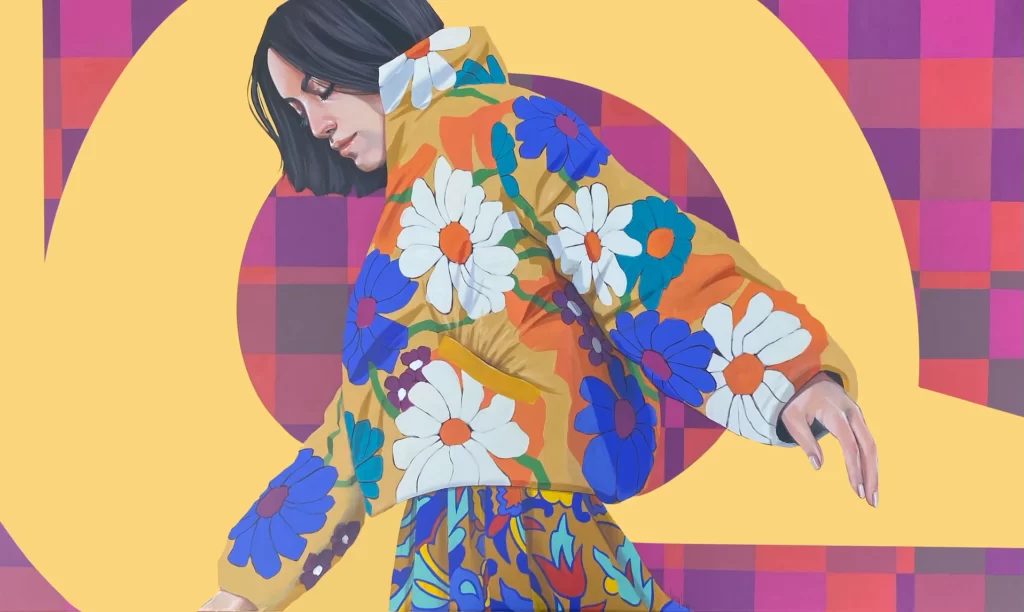

Comments 17